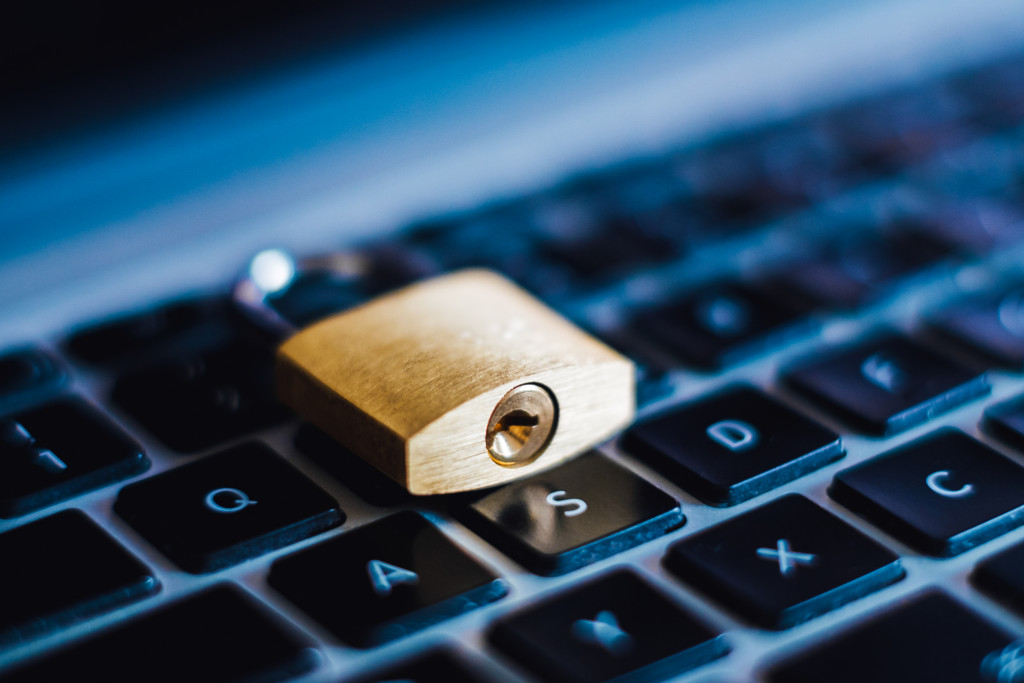The internet is changing how people shop, bank, and get news. This has made businesses more vulnerable to cyberattacks, resulting in data breaches. Companies should constantly evaluate their website’s protection options to ensure that your data stays safe.
If you have an outdated firewall or antivirus program, there are holes in your security that could allow a hacker into your site. The best way to protect yourself from cyberattacks is by securing every element of your network so that hackers don’t get through any front door they can find. Intruders typically try lots of different methods to break into servers–sometimes successfully–so it’s essential for companies, both large and small, to regularly monitor their websites for any vulnerability that might give them away.
If you don’t properly secure your website, hackers could gain access to your data and use it for their own purposes. They could sell your information to other criminals or use it to steal your customers’ identities. In some cases, they may even be able to take control of your site and use it for their own purposes. This could damage your company’s reputation and cost you a lot of money.
Consider the following tips for protecting your company’s website.
Have a plan in place for the worst-case scenario
If an intruder manages to access your site, you should be prepared for them to do something malicious, like delete data or install malware. Having a plan in place for the worst-case scenario can help you avoid catastrophes. You might want to consider having backups of all your company’s data stored offsite so that even if your server is taken over, you still have copies of the data wherever hackers won’t find it.
You should also work with a trusted IT specialist who knows what they’re doing and how to salvage the situation if the worst happens.
Identify and mitigate potential risks before they happen
Businesses can protect themselves from cyberattacks by identifying and mitigating potential threats before they happen. The IT team can perform regular security audits and keep up-to-date on the latest risks. Many companies also regularly perform vulnerability assessments to identify any weaknesses that may be allowing hackers to breach their site’s security.
Your company can also reduce the chances of a cyberattack by keeping its network up-to-date on software patches and updates. Hackers often exploit outdated network security tools, so maintaining up-to-date systems is crucial for network defense against hackers.
Regular testing can also help you identify any weak points in your network security. All kinds of testing, from performance testing and simulated attacks to network automation testing, can help you find and fix these issues or vulnerabilities before a hacker does. Having a secure network doesn’t do much good if you don’t know about the holes allowing intruders to get in.
Create and maintain an emergency action plan (EAP) with your IT team
Creating and maintaining an emergency action plan (EAP) is an essential step in protecting your company’s website. An EAP should include contact information for all relevant personnel, including your IT team, web developer, and hosting provider. It’s also important to have instructions for restoring your site to a previous backup if it’s been compromised by a hacker.
Your EAP should be reviewed and updated regularly to ensure that it remains up-to-date with the latest security threats. Make sure to test your emergency plan regularly to ensure that everyone involved knows what to do in case of an emergency.
For example, if your website is hit with a Distributed Denial of Service (DDoS) attack, your IT team will need to mitigate the attack and keep your site online quickly. Having a rehearsed emergency plan in place can help them do that quickly and effectively.
Develop internal security policies, procedures, and guidelines for employees
A network’s cybersecurity depends as much on network policies as on network security. It is recommended that network administrators develop and enforce network policies, procedures, and guidelines for employees. These guidelines should include the types of websites they can visit while at work, what information they should refrain from sharing, and what kinds of plug-ins are allowed to be installed on their computer without requesting permission first. Also, the guidelines should help them determine whether it’s okay to access specific file types on their computer.
If an employee needs to install a new network plug-in or update Microsoft Office or Adobe Reader, they must ask their supervisor first. This is especially important if the employee doesn’t know if the plug-in is malware or not. Administrators may also want to consider installing software that can block certain websites (e.g., social media) or file types from being accessed while on the network.
Implement two-factor authentication (2FA) where possible

Two-factor authentication is an important security measure that can help protect your company’s website from cyberattacks. With two-factor authentication, employees are required to provide two pieces of identification (e.g., username and password, plus a code sent to their phone) to log in to the network. This helps ensure that only authorized users can access the network.
Many businesses today are using two-factor authentication to protect their networks from hackers. By requiring two forms of identification, businesses can help reduce the chances of a hacker gaining access to their network and stealing sensitive data.
If you’re not already using two-factor authentication, consider implementing it on your networks.
These are just a few of the many things companies can do to protect their website from cyberattacks. By following these tips, you can help keep your data safe and avoid costly damage to your business.



